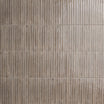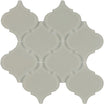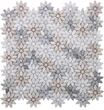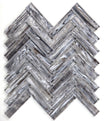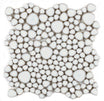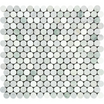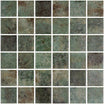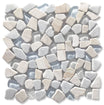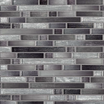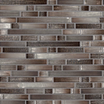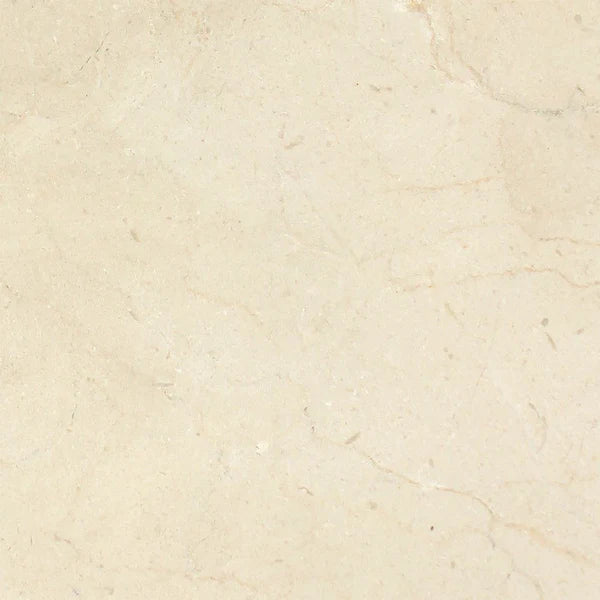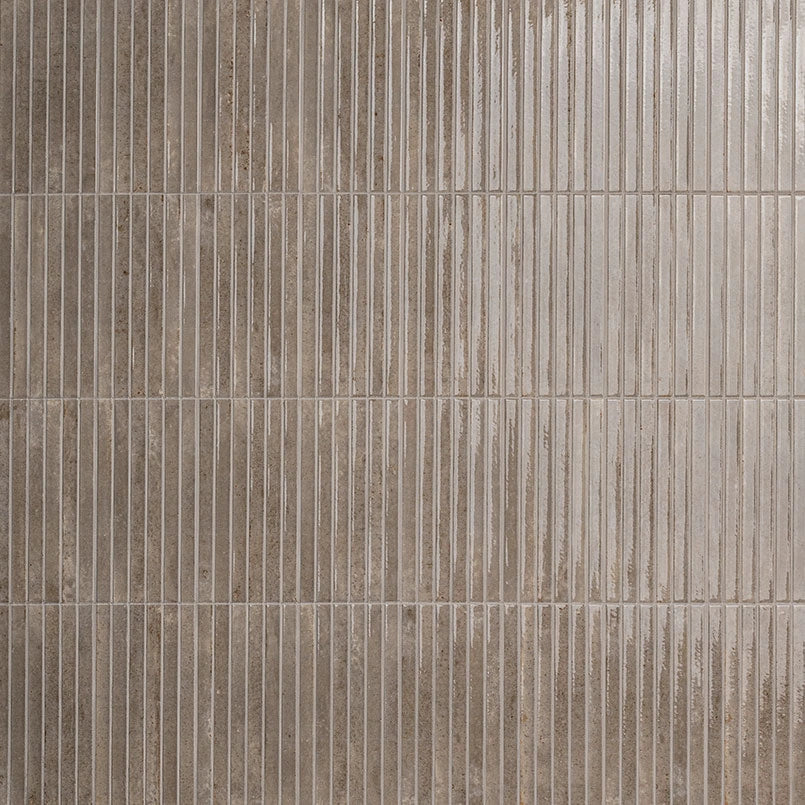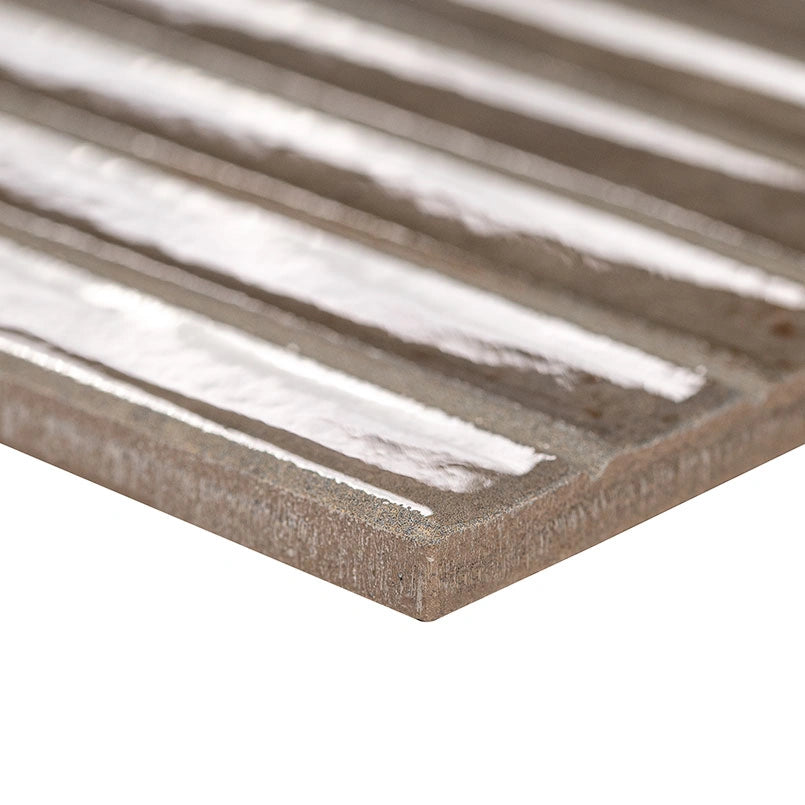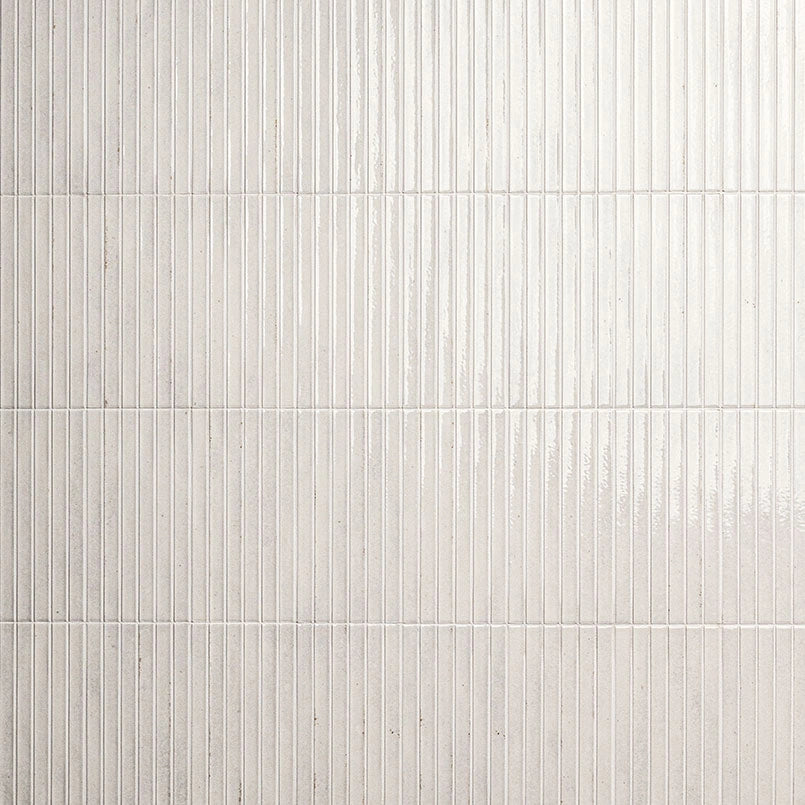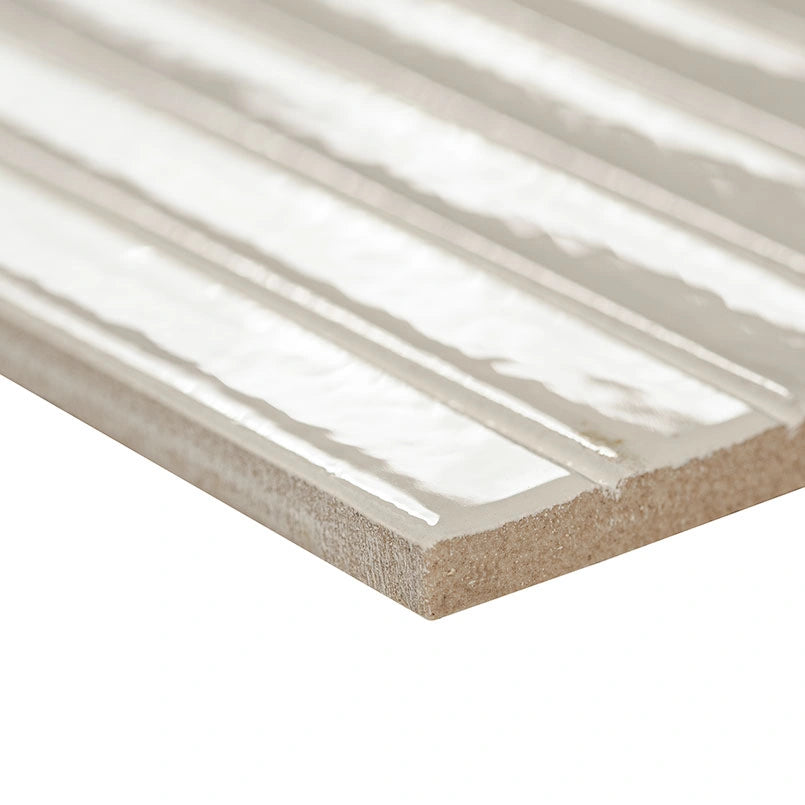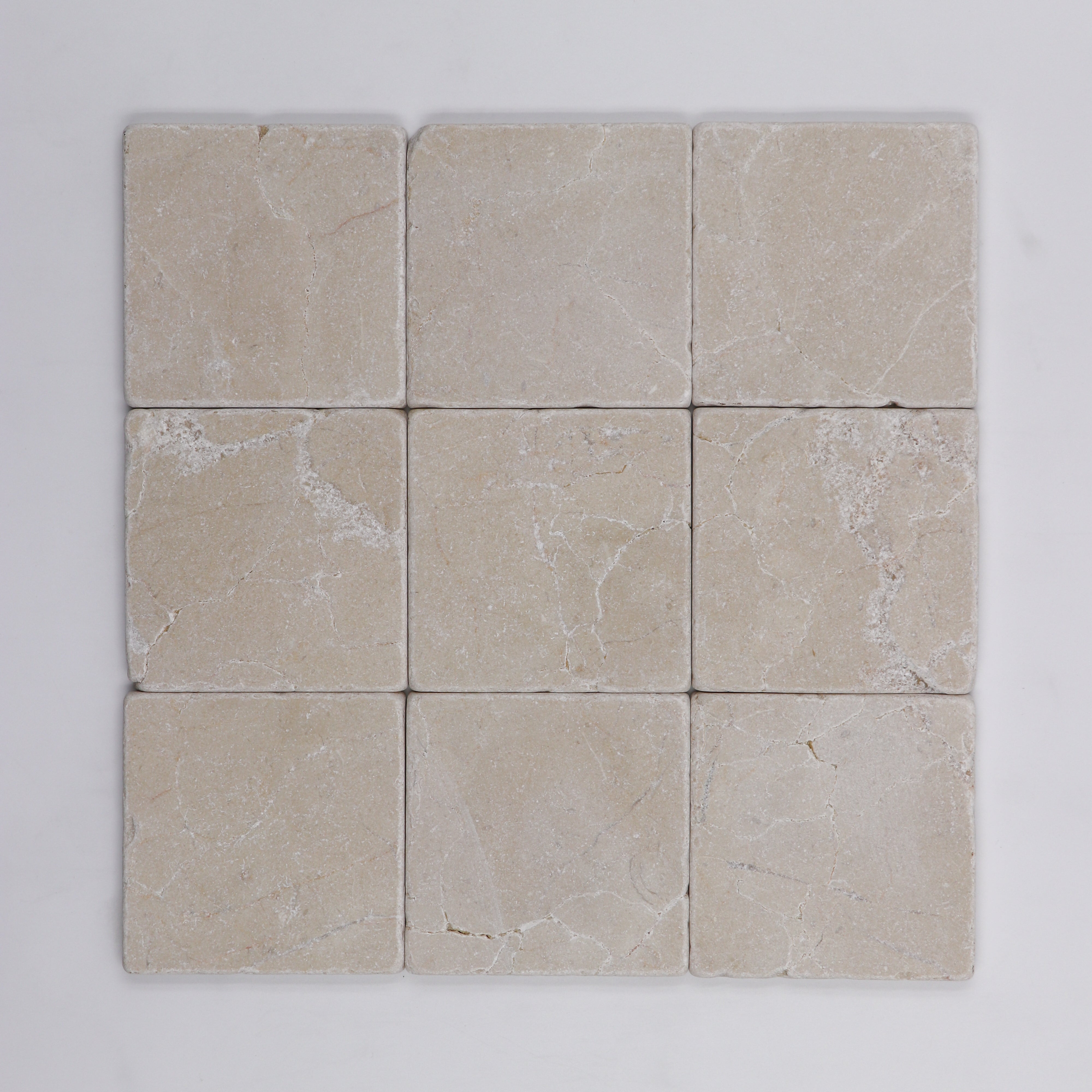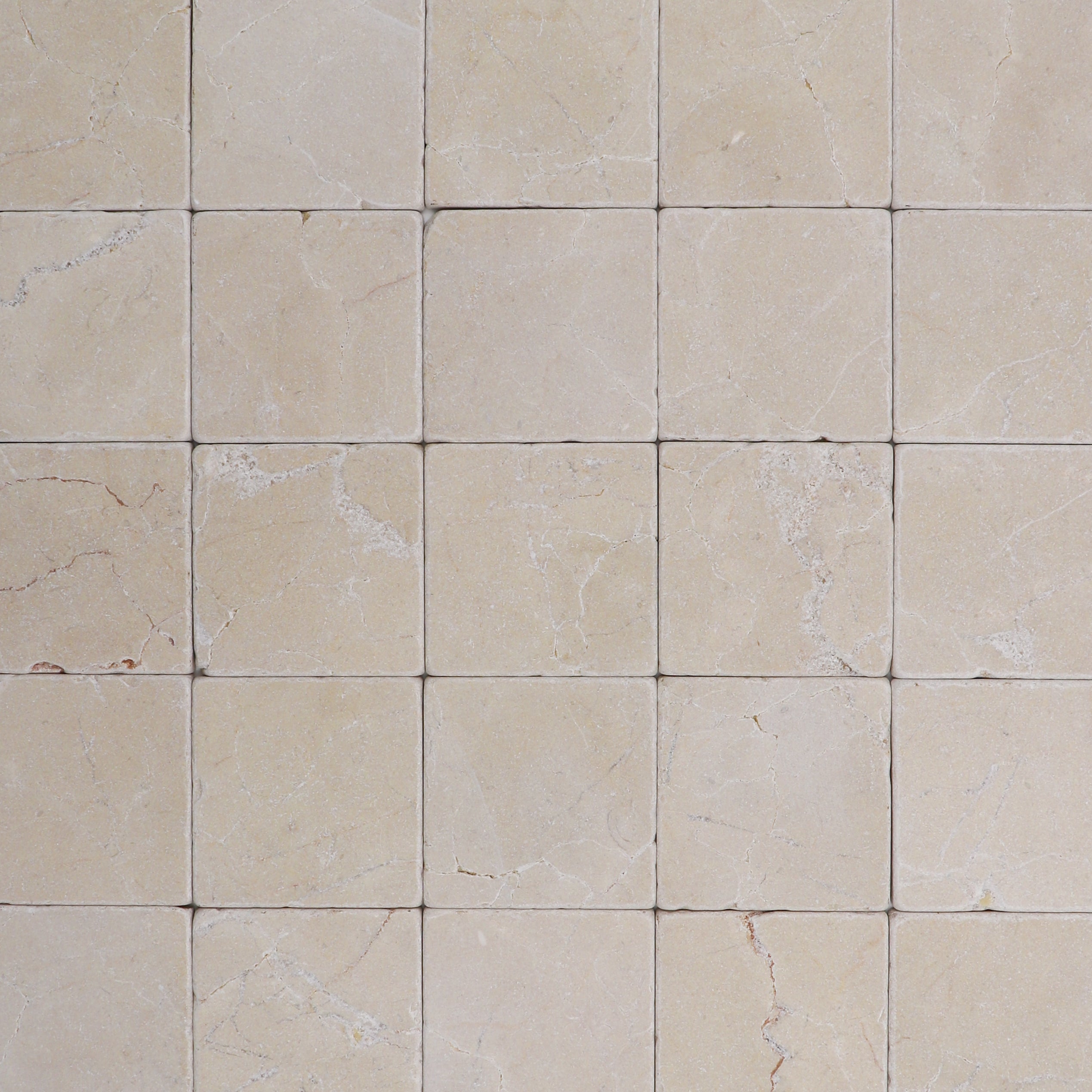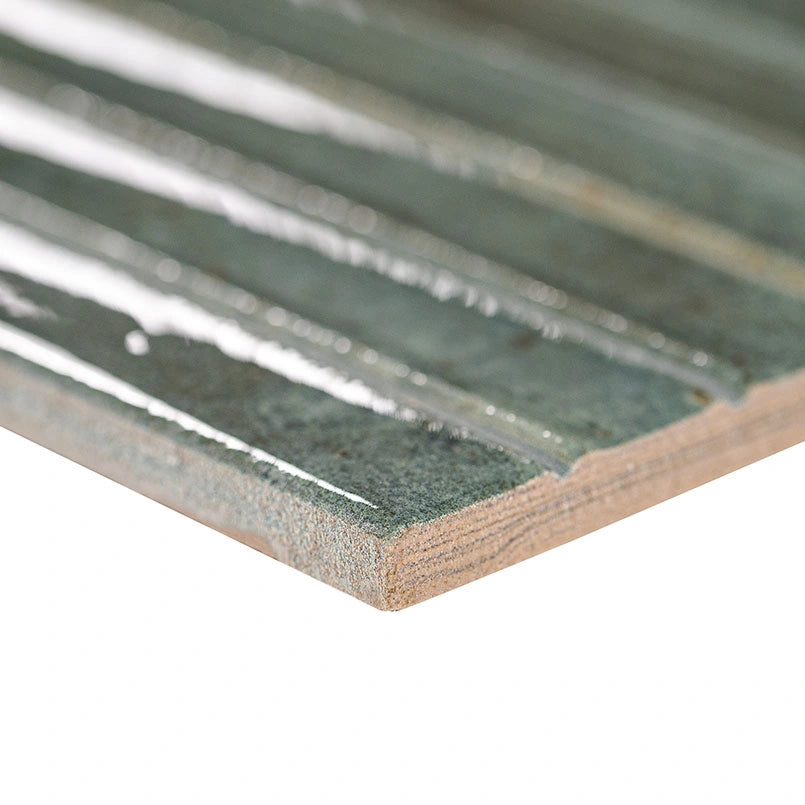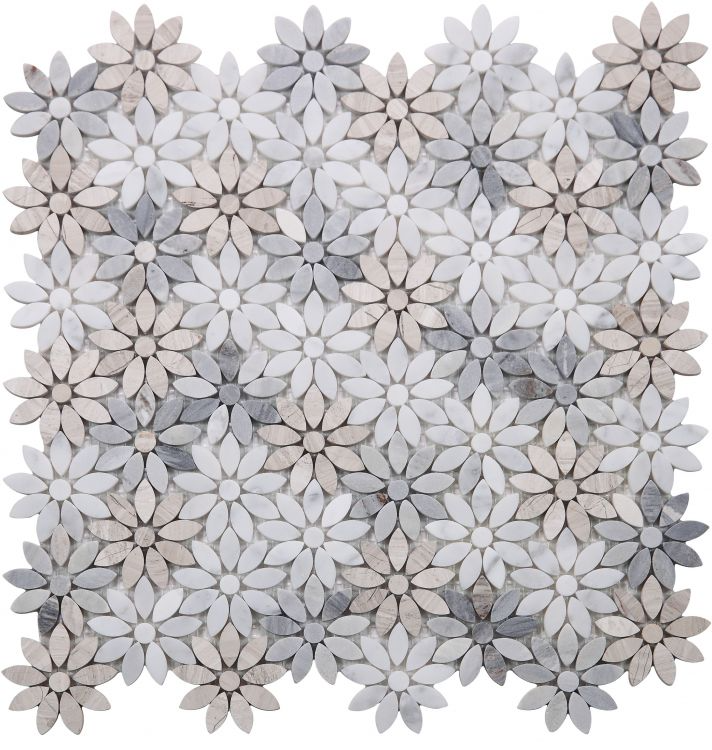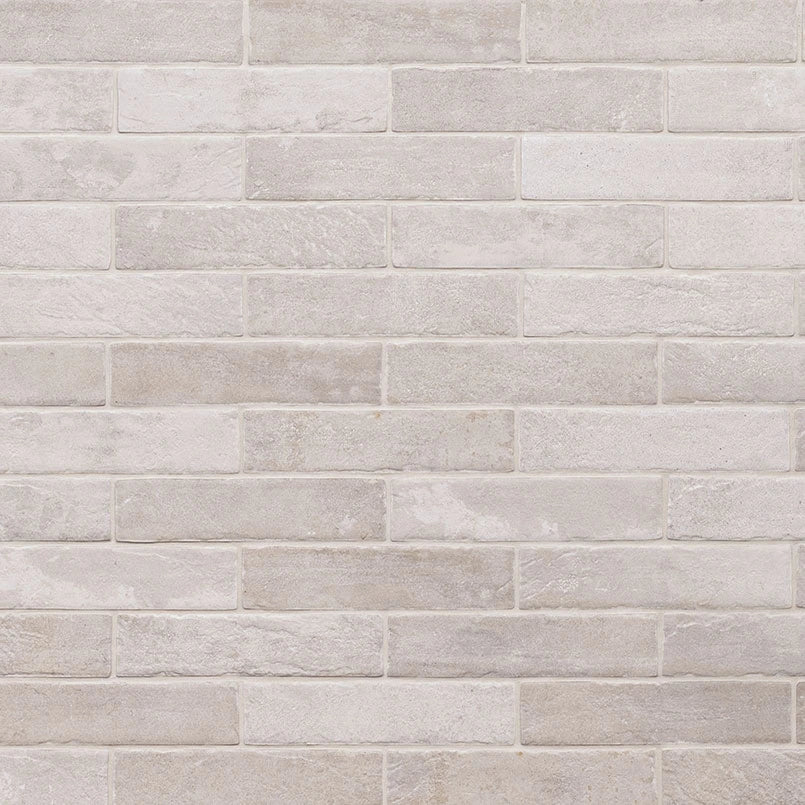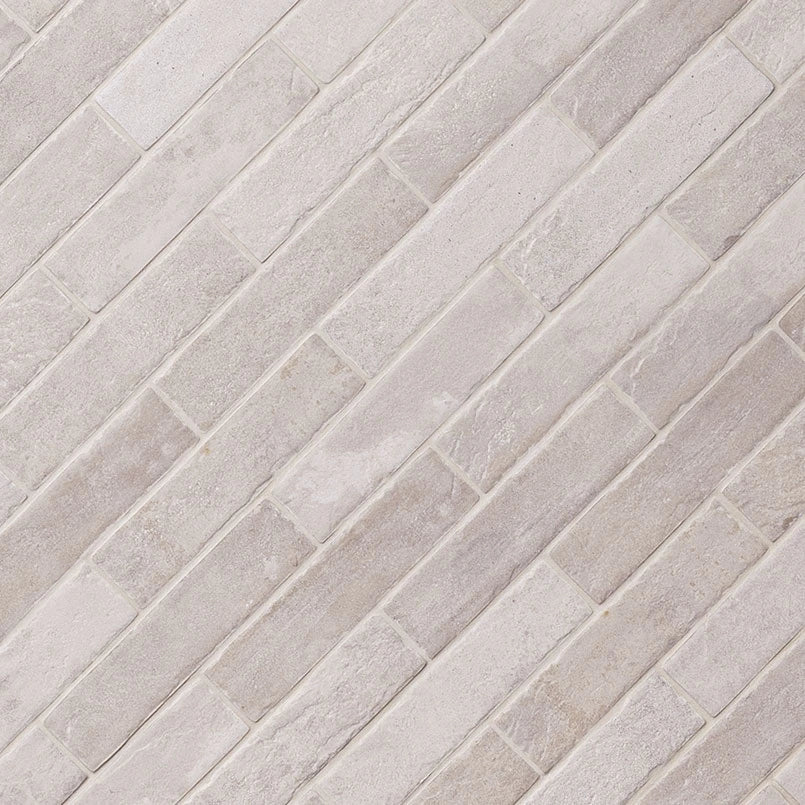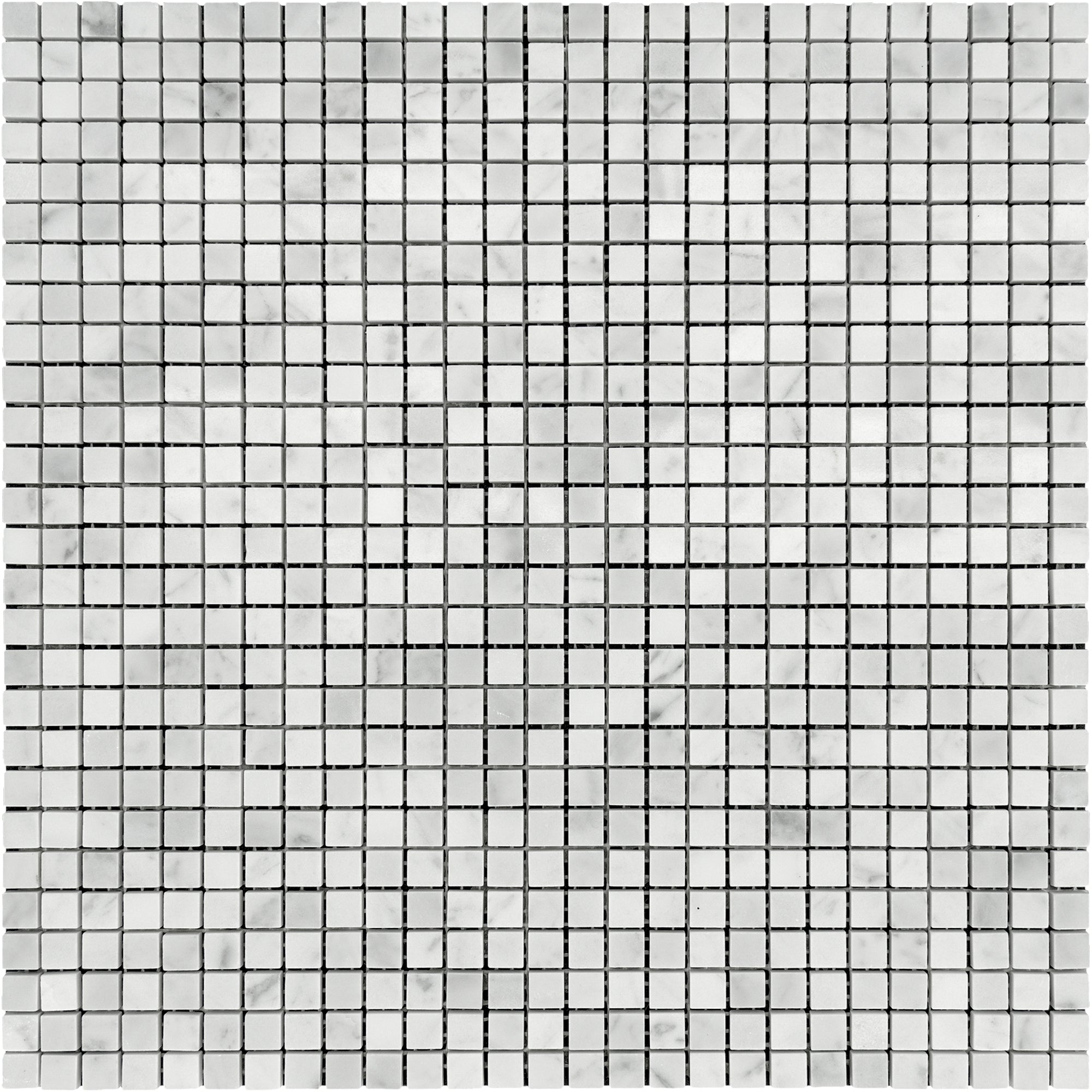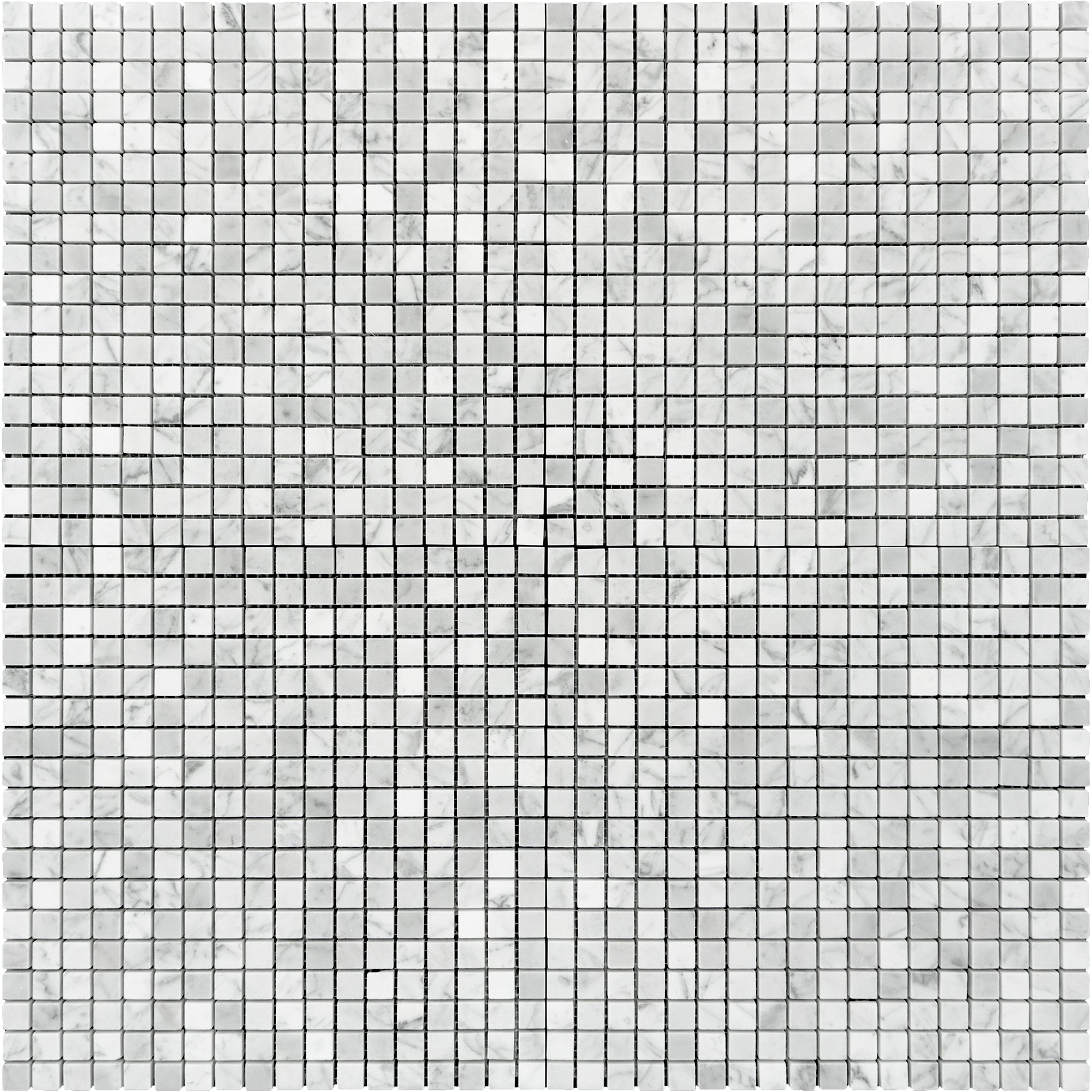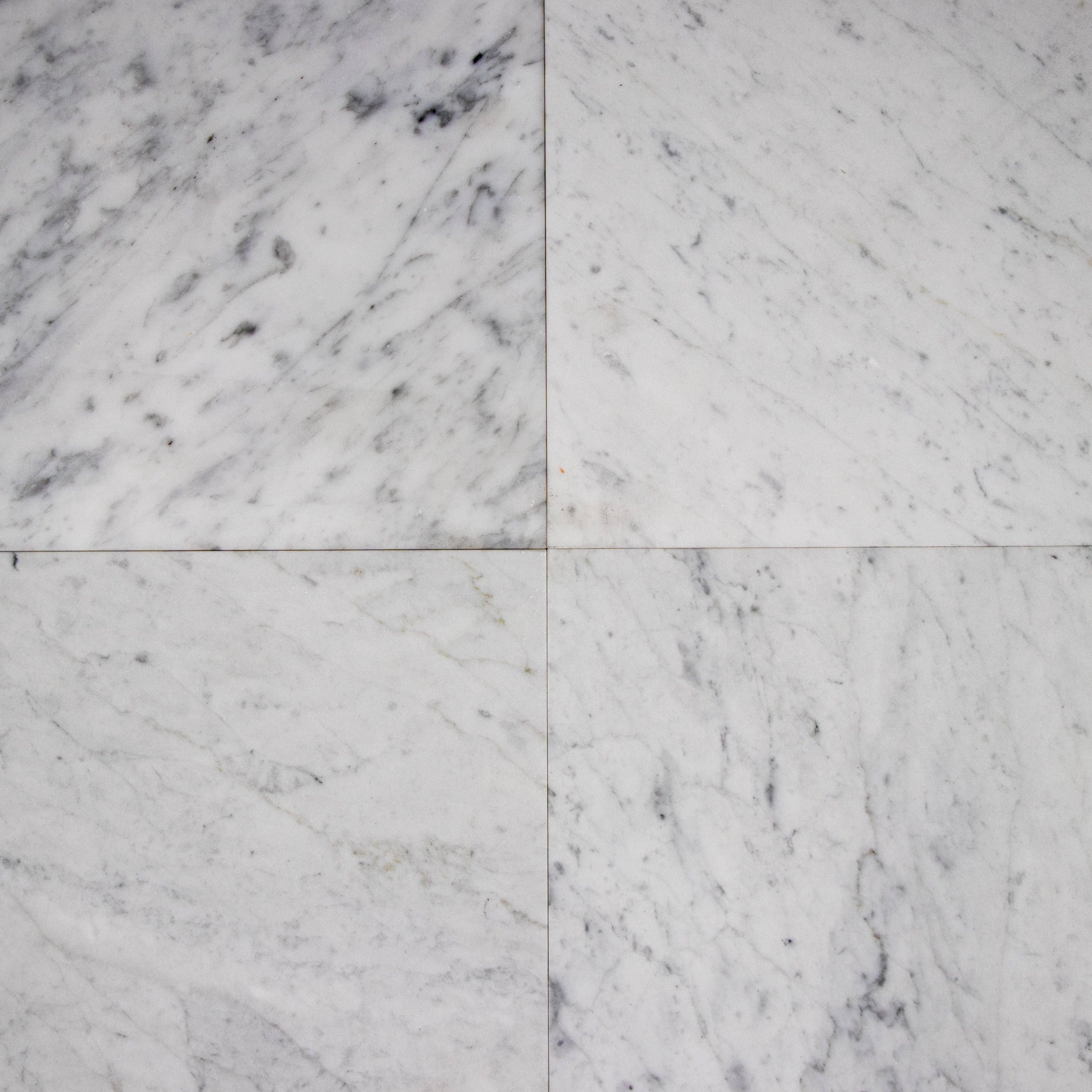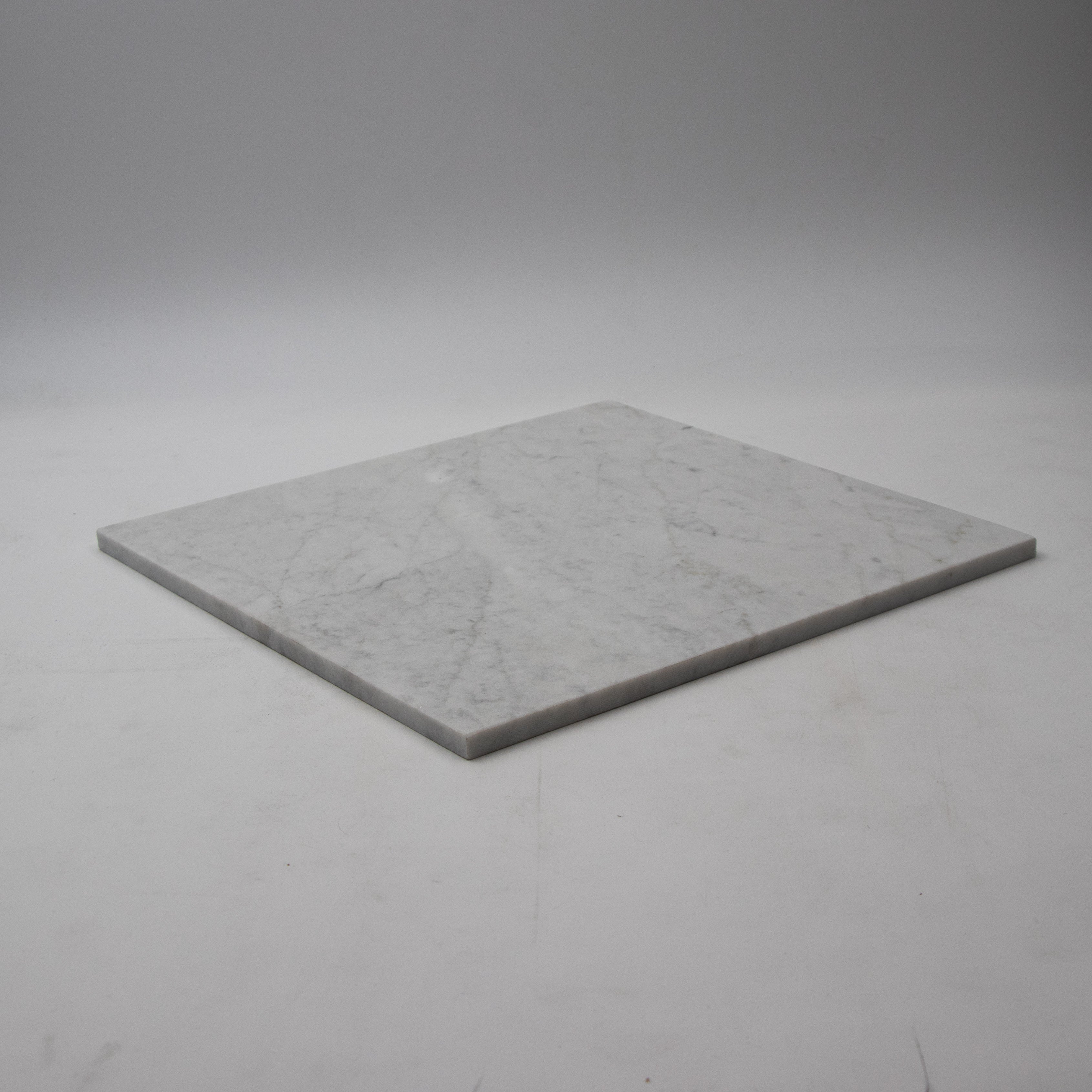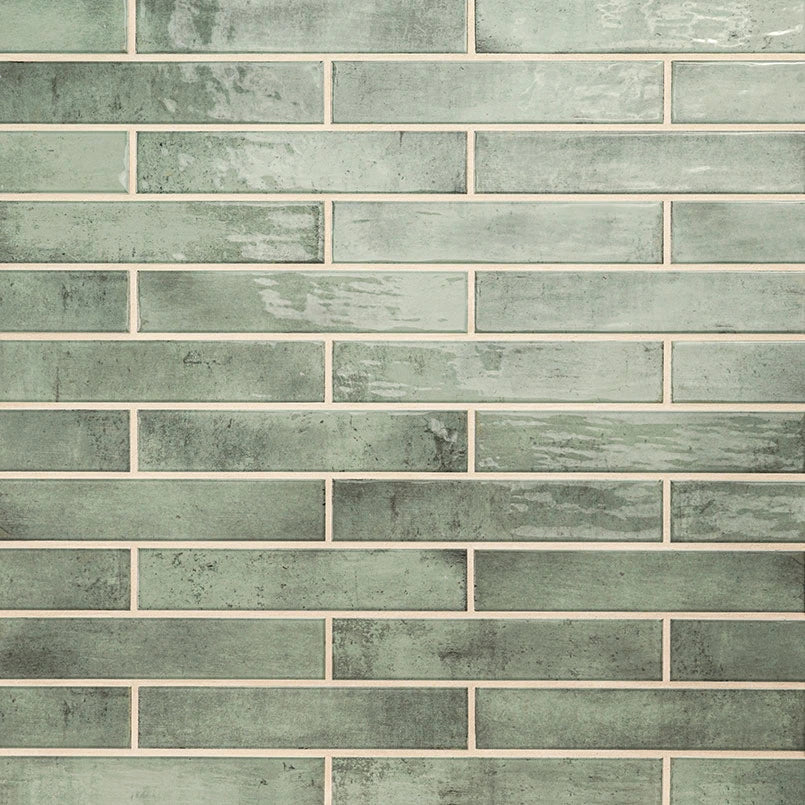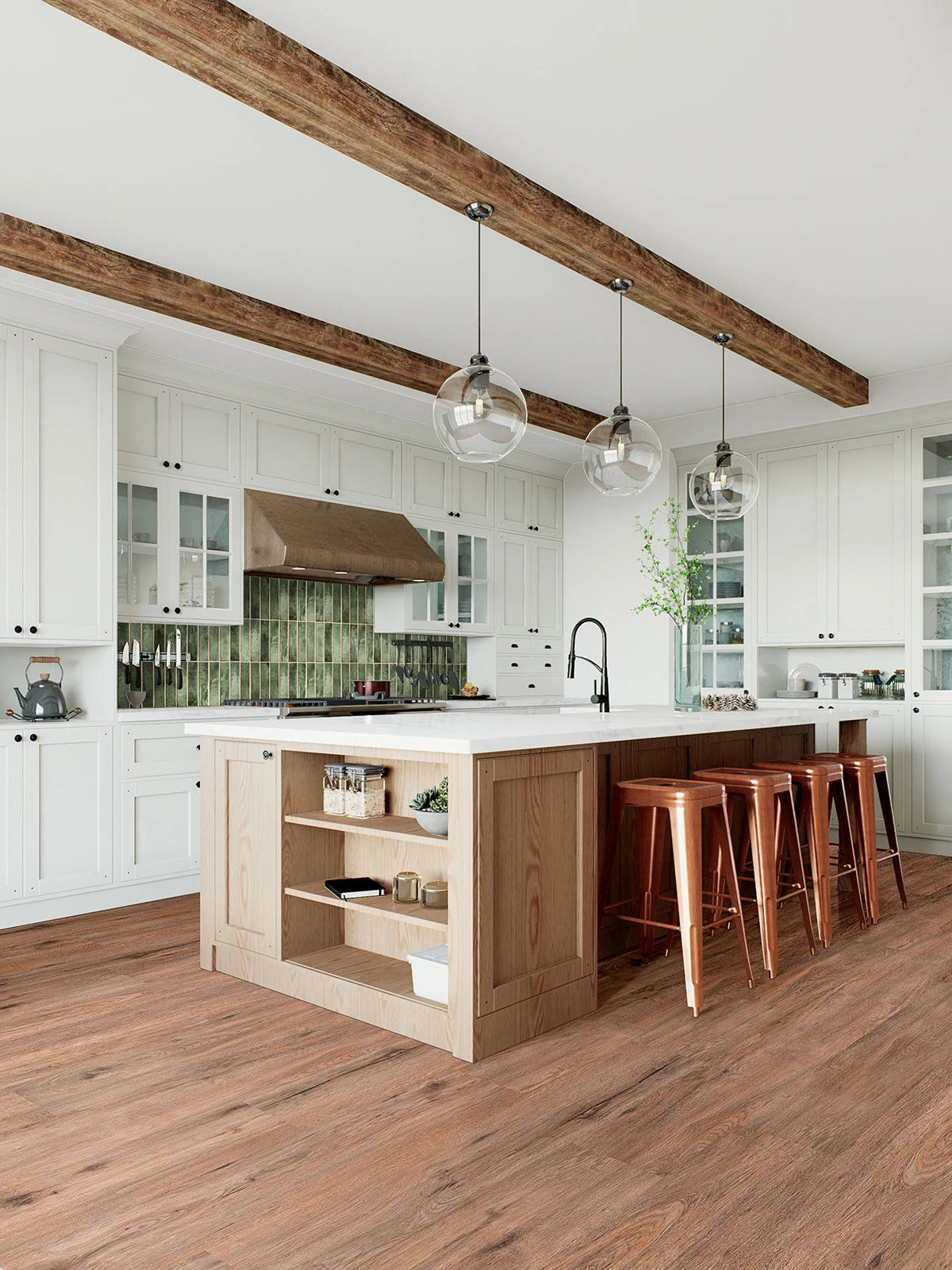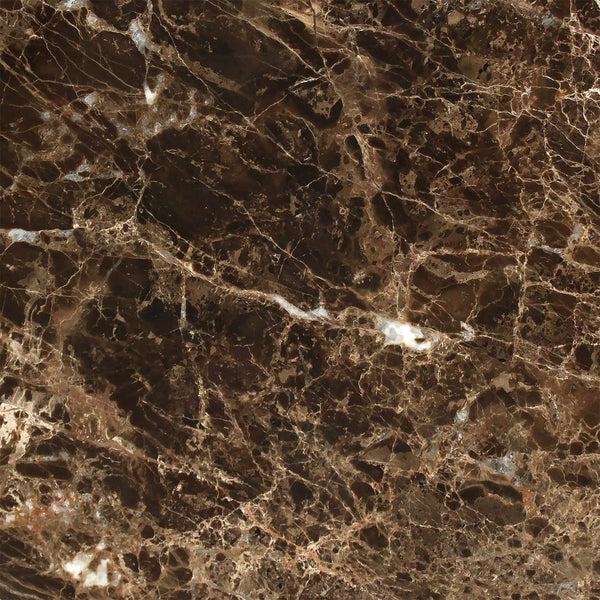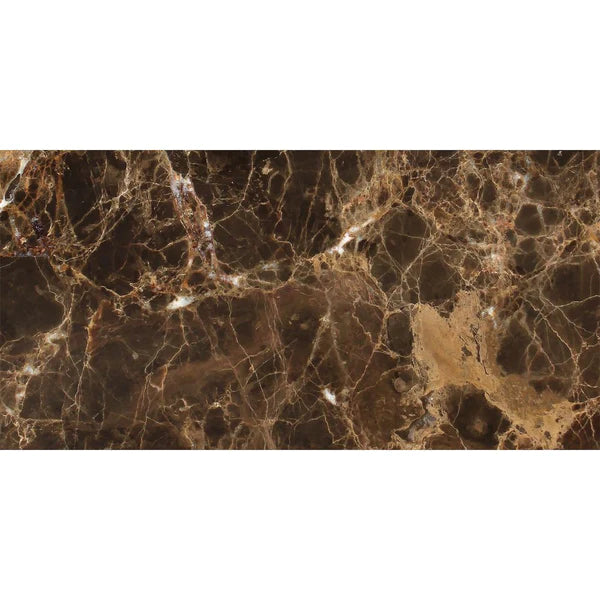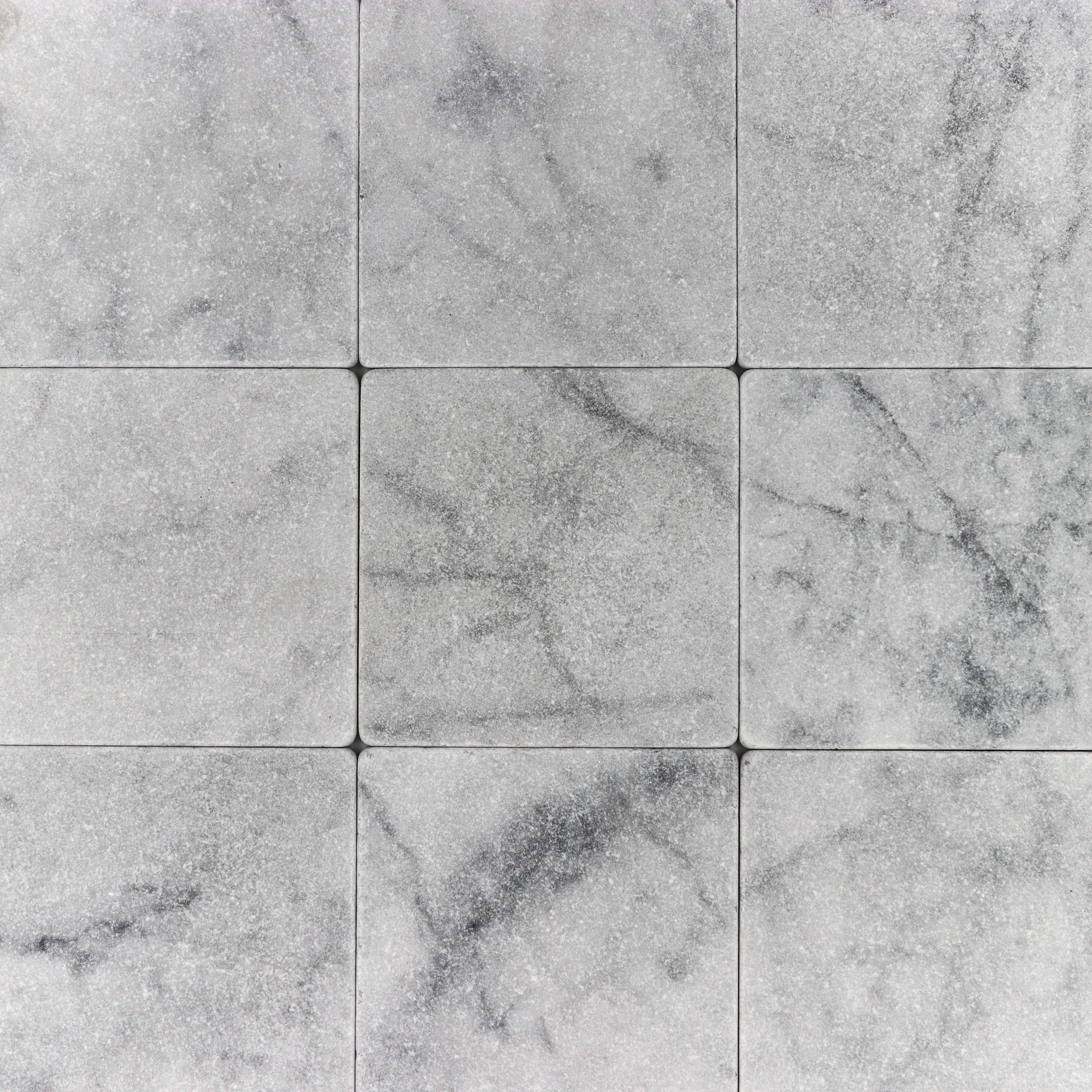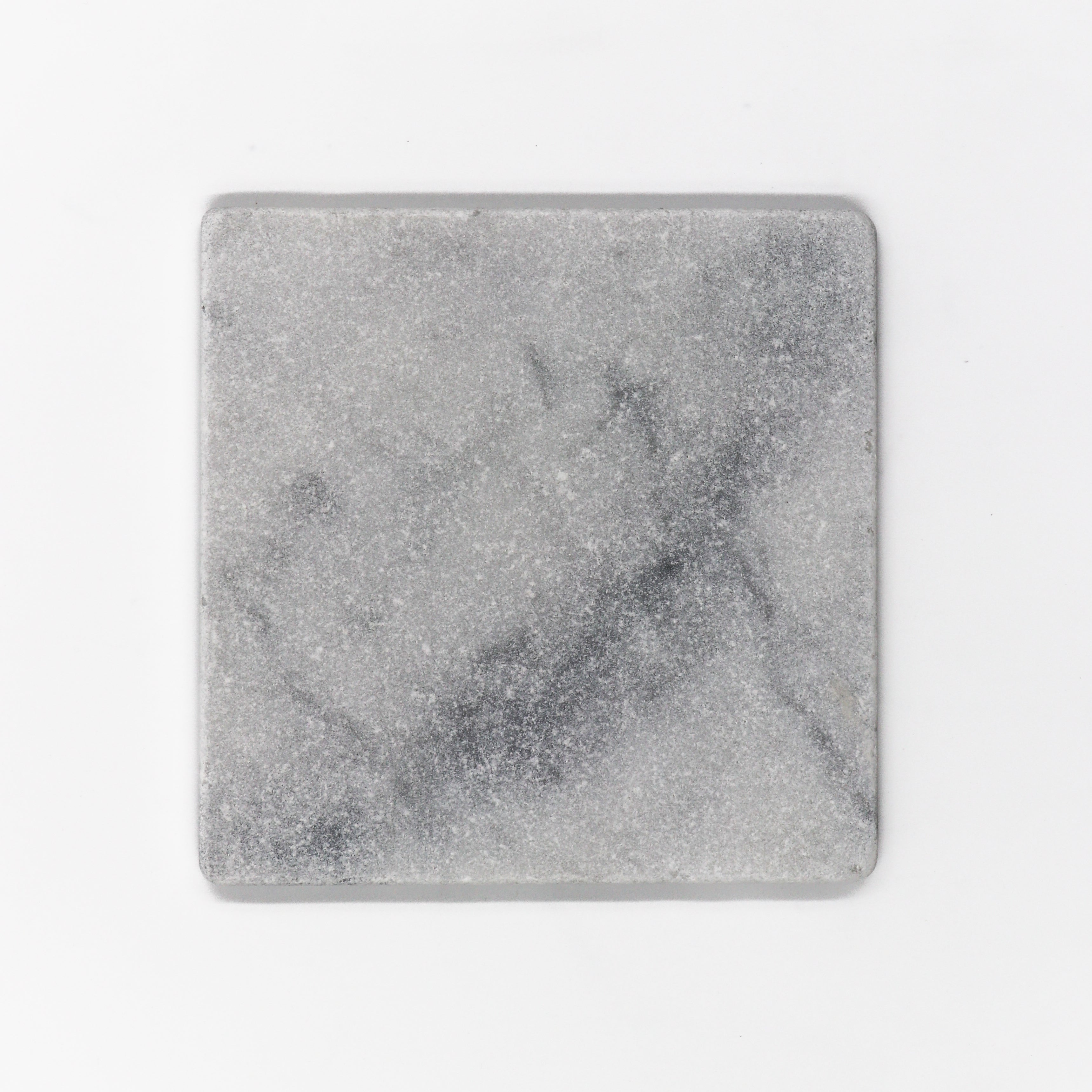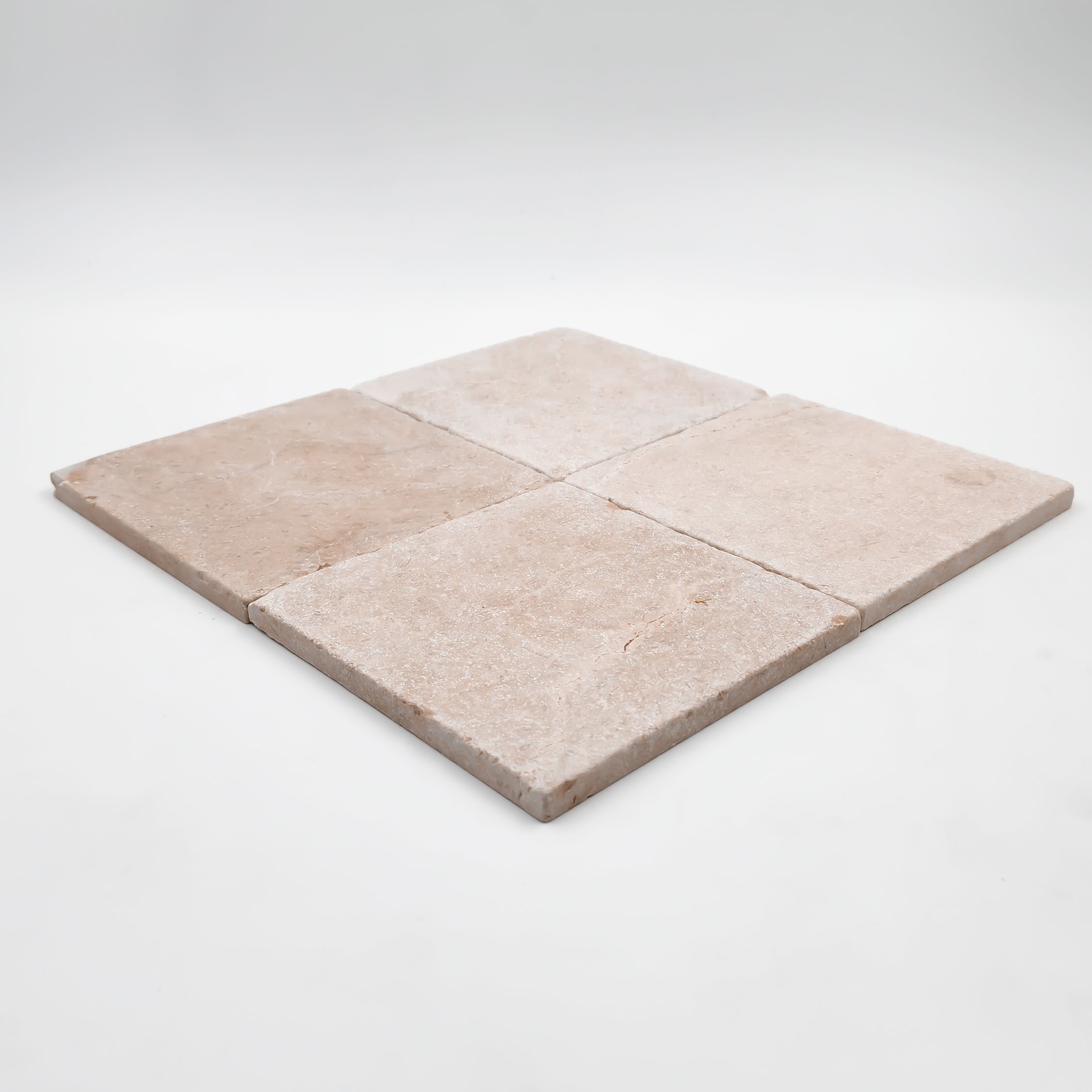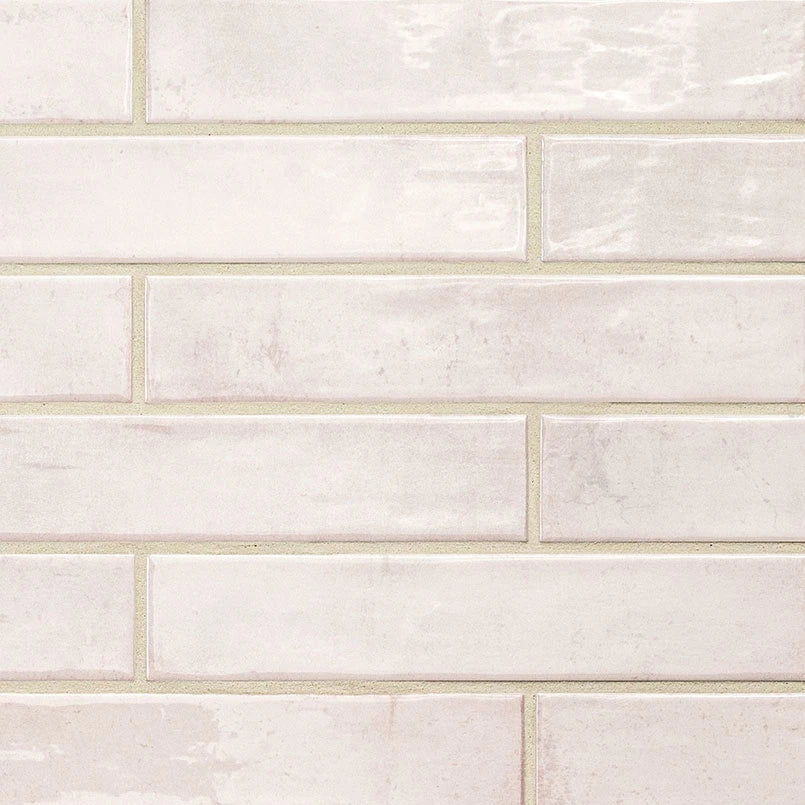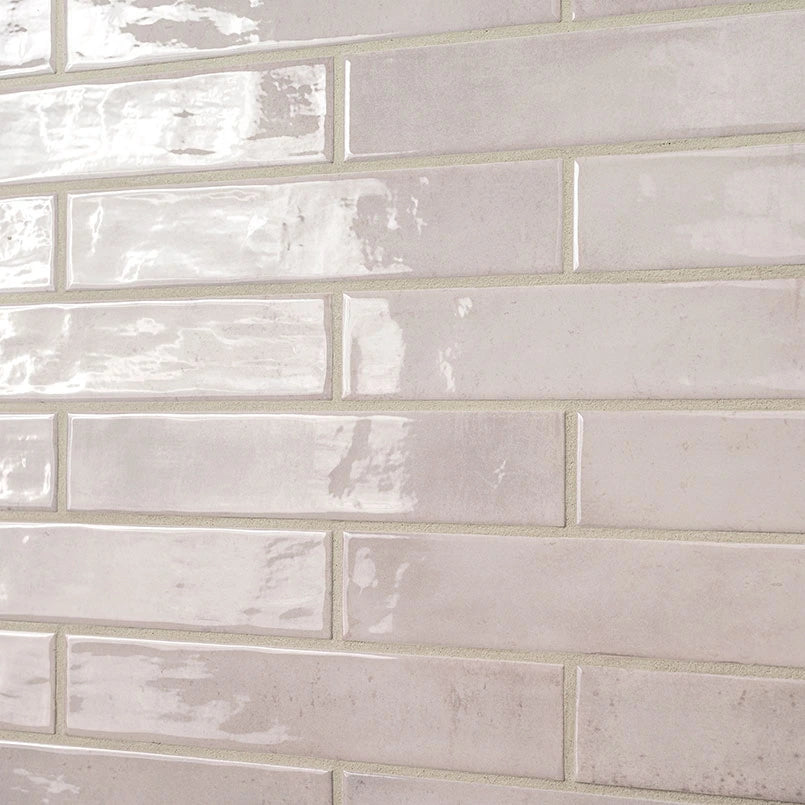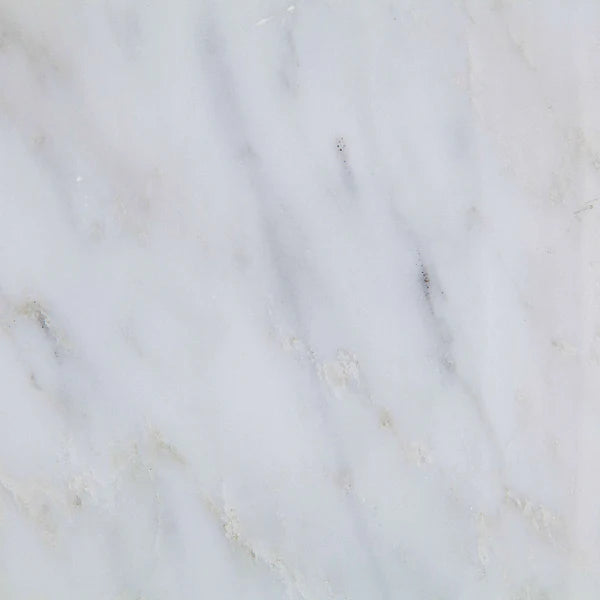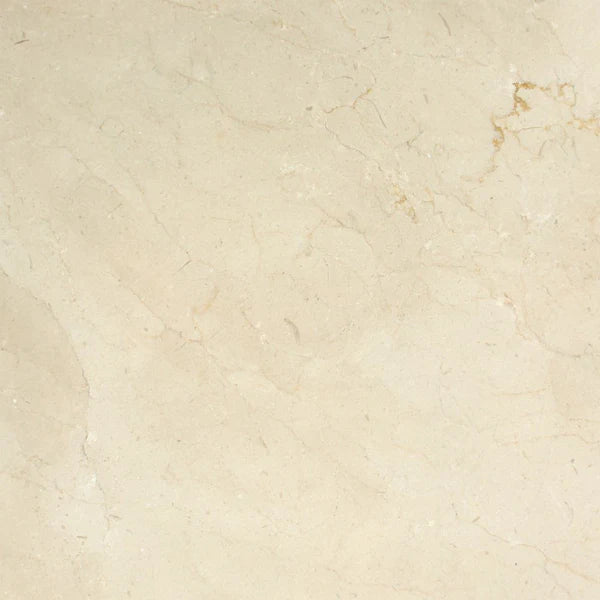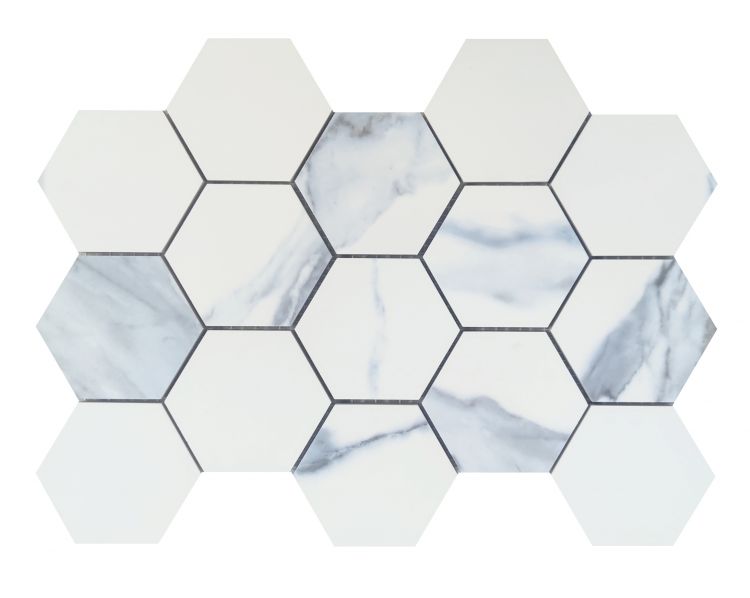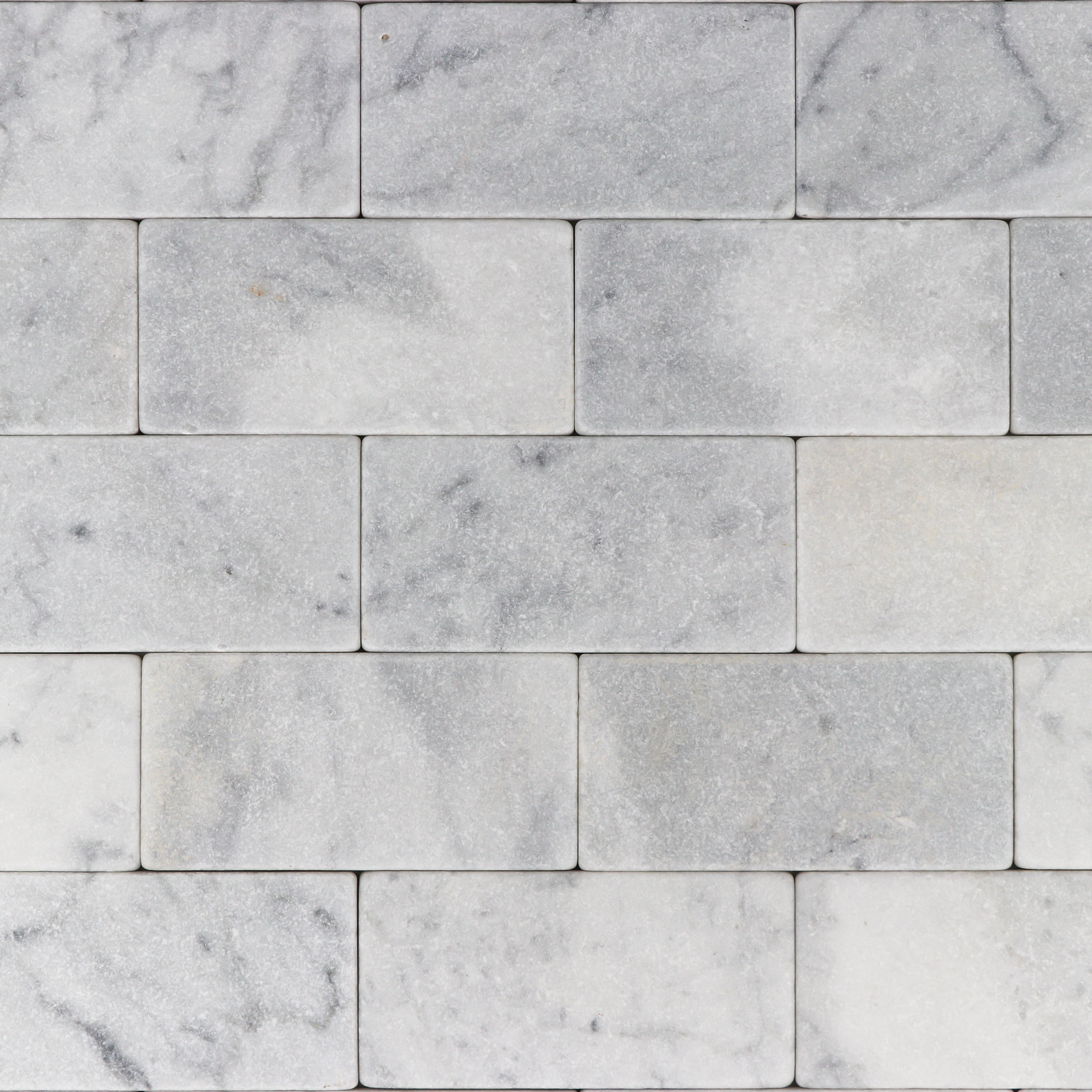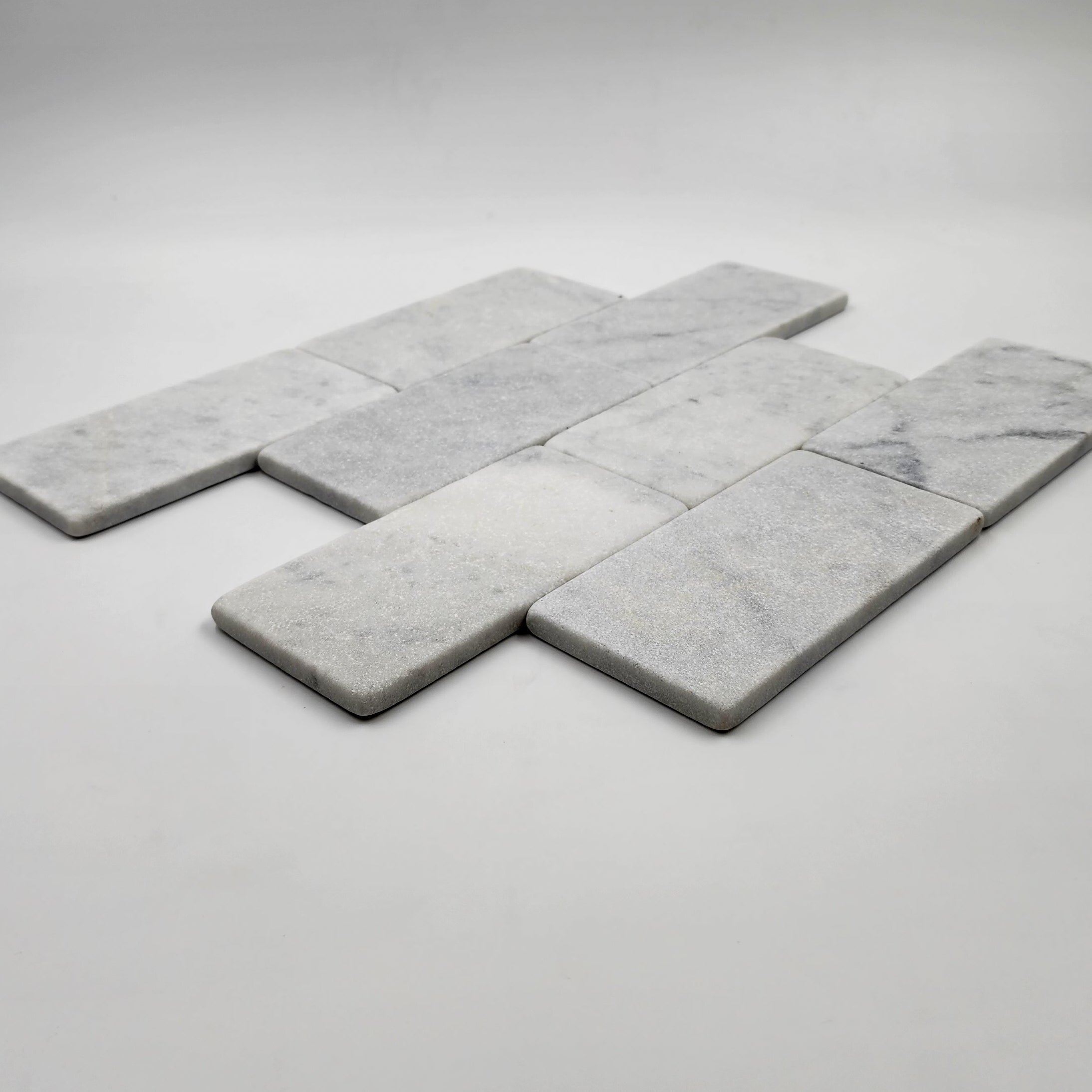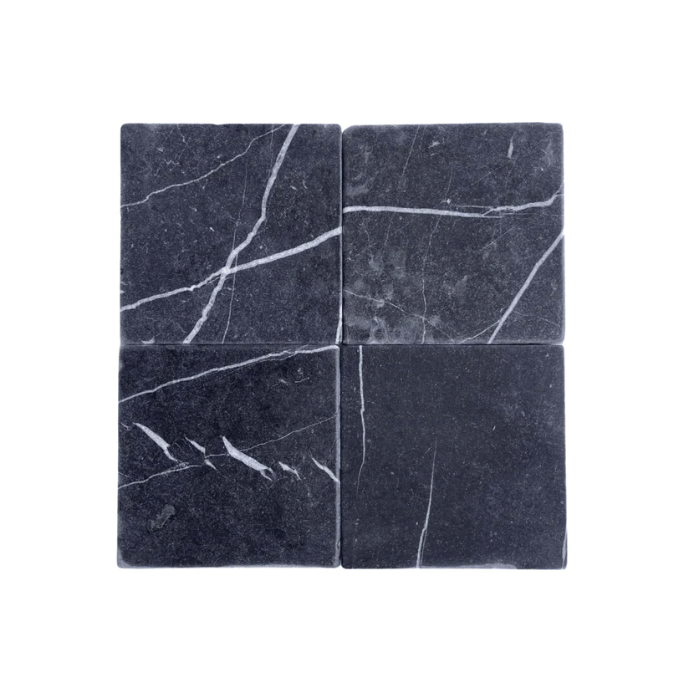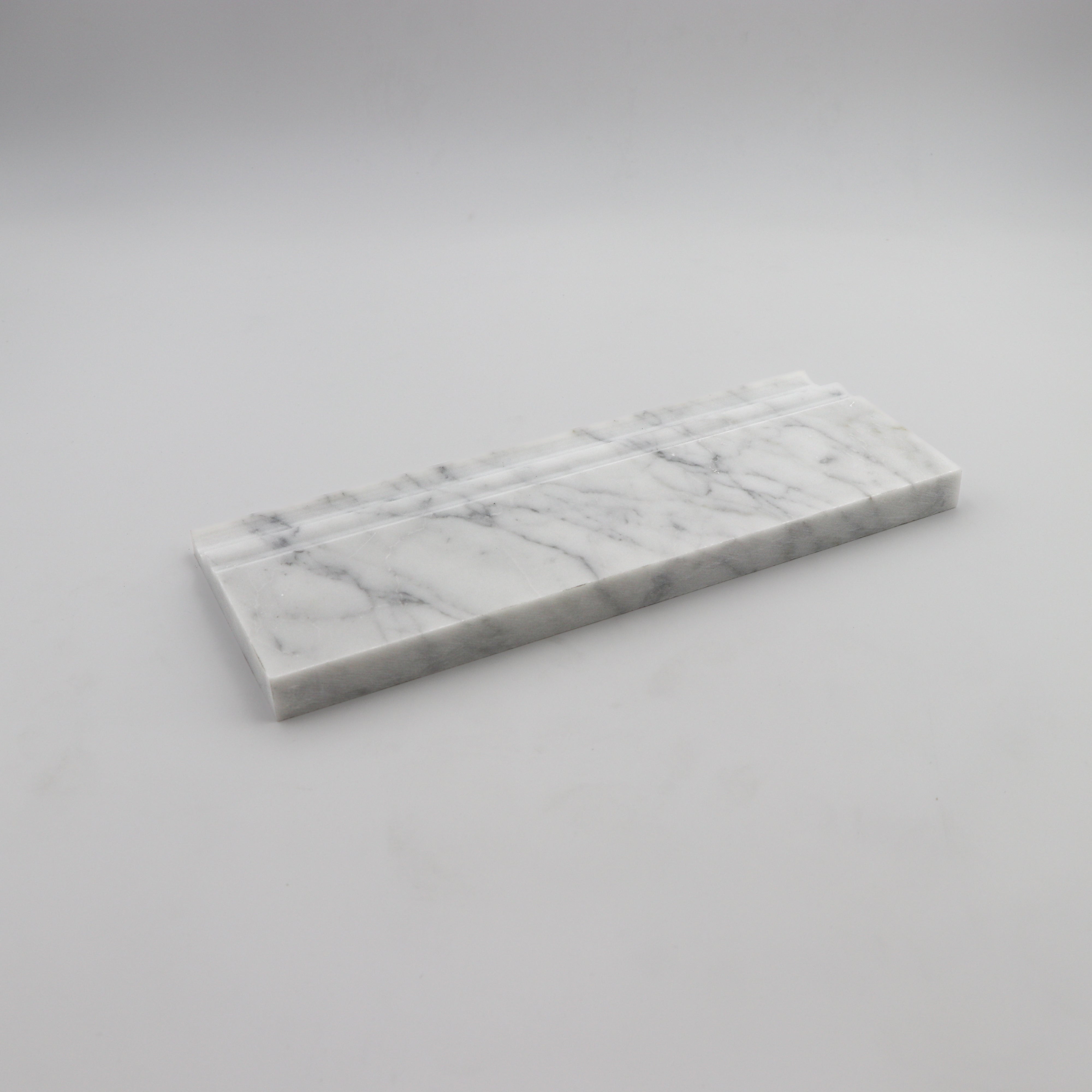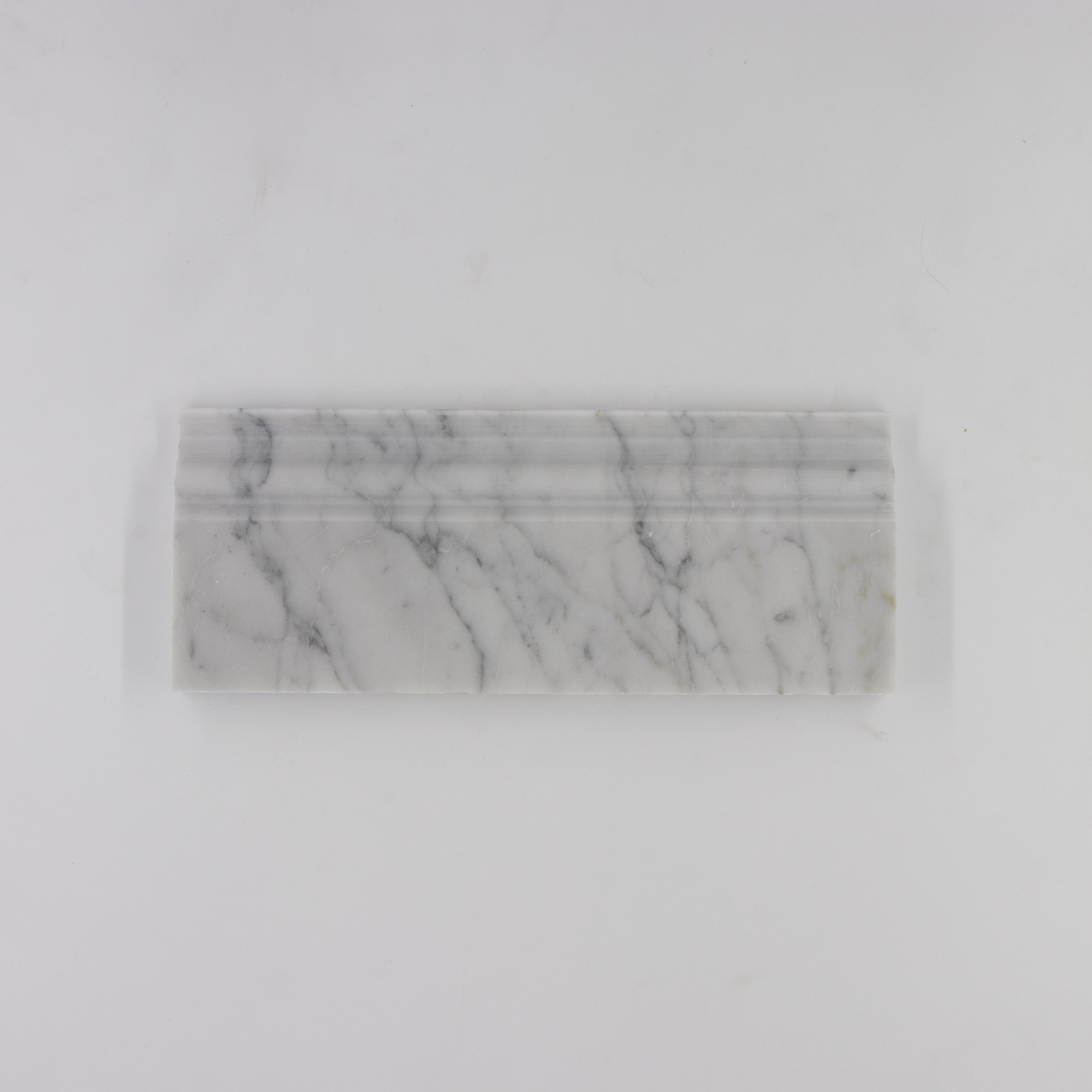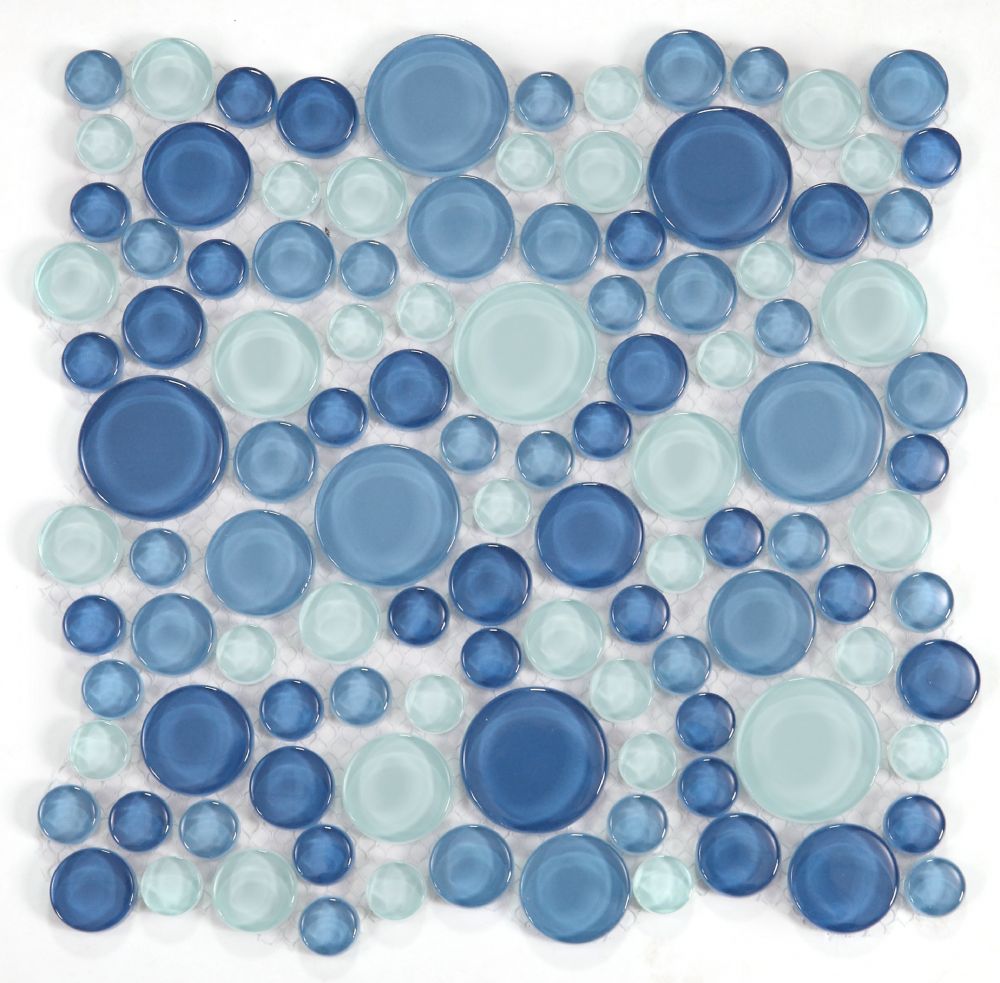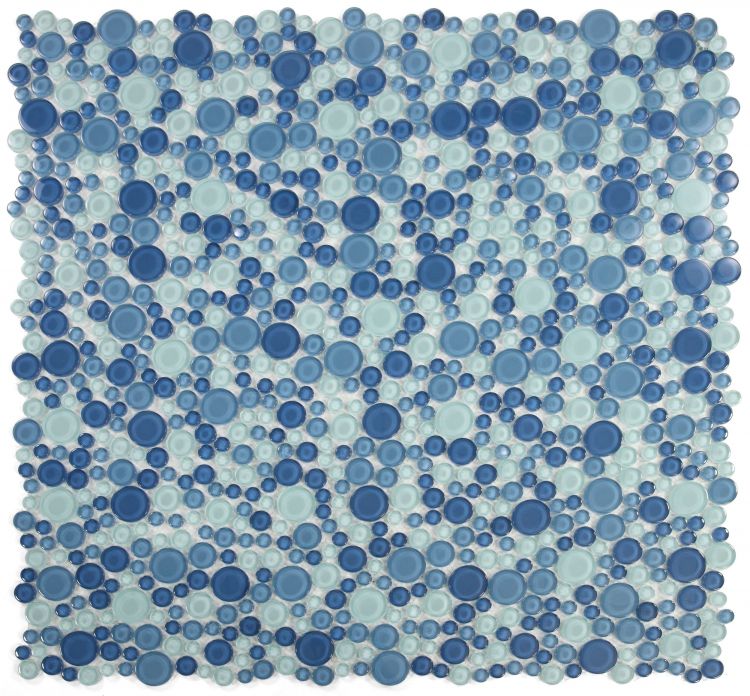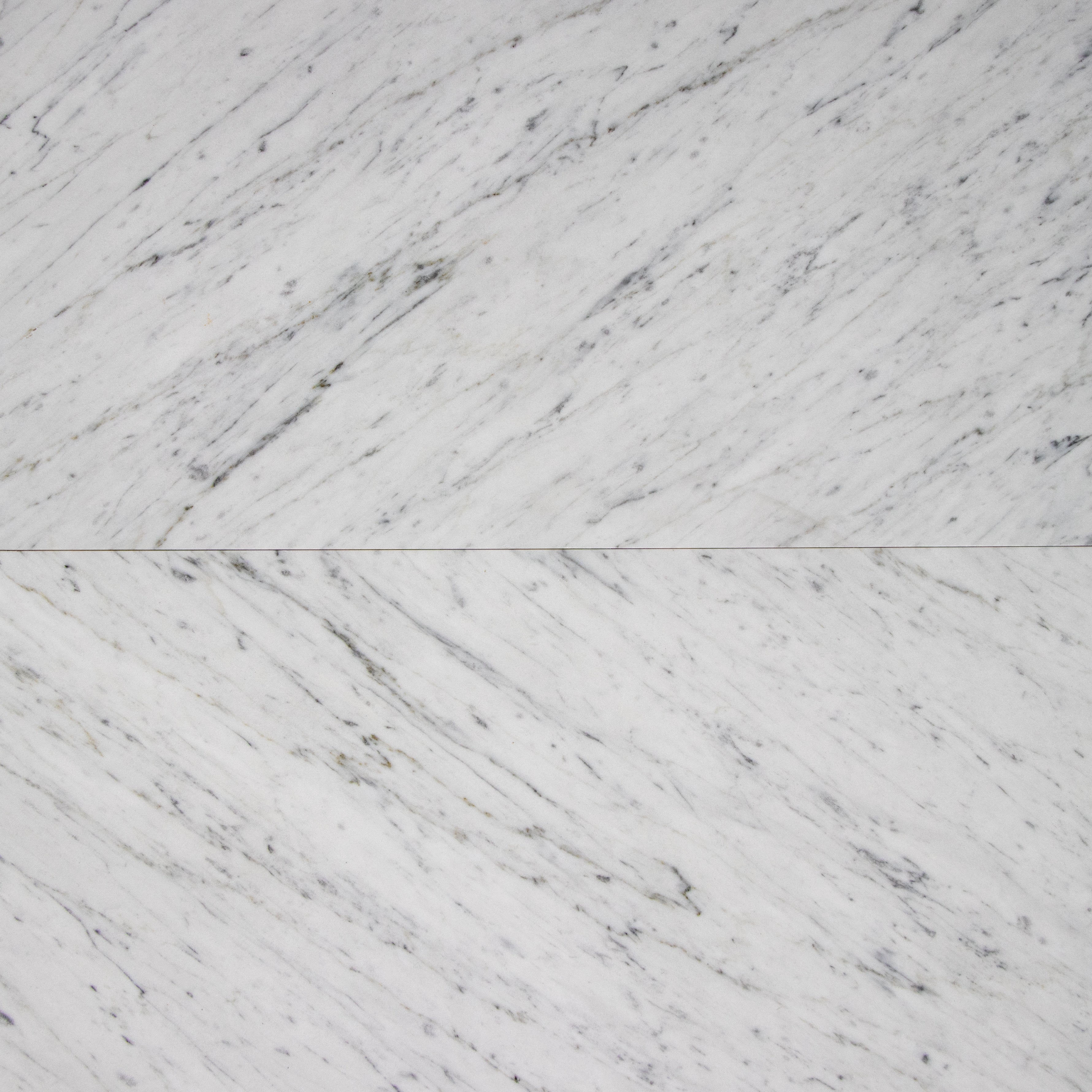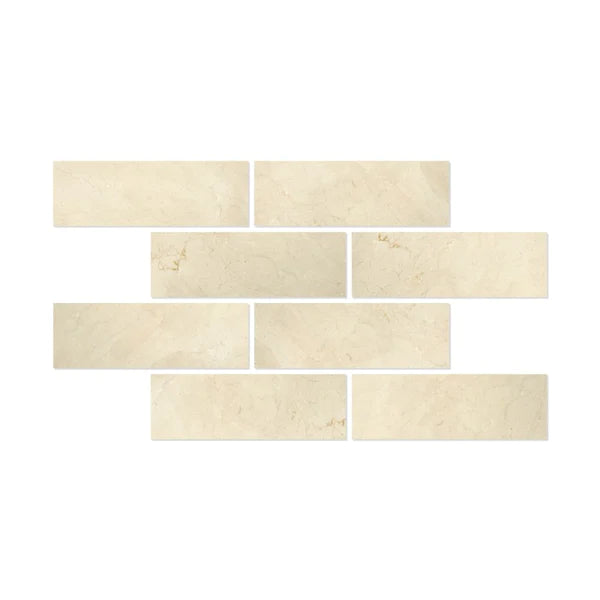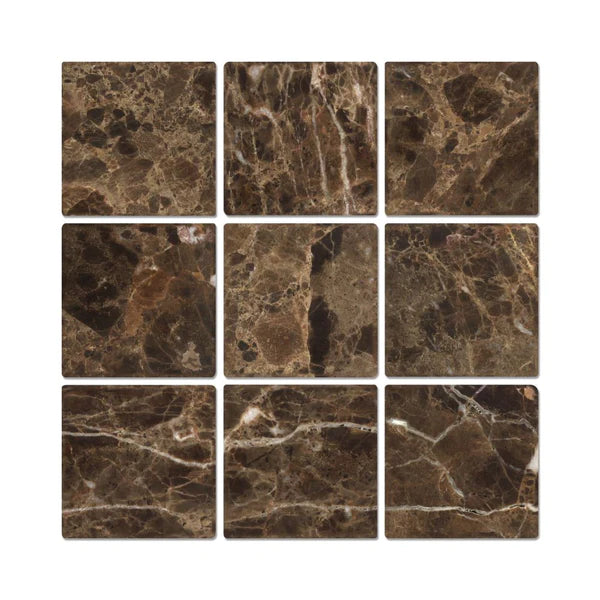
Bathroom Tiles
Elevate your Bathroom with our Bathroom Tile. Each tile delivers durability and elegance for seamless look. Ideal for Bathroom or any Backsplash, Floor and Wall.
Filters
Filters
2789 products
Crema Marfil Marble 12"x12" Tile
Sale price$11.42
Gems Grigio 5x10 Fluted Glossy Porcelain Tile
Sale price$95.58
Gems Bianco 5x10 Fluted Glossy Porcelain Tile
Sale price$95.58
Empress Green Marble 12"x12" Polished Tile
Sale price$15.90
Nero Marquina Marble 12"x12" Tile
Sale price$11.07
Crema Marfil Marble 4"x4" Tumbled Tile
Sale price$11.43
Gems Caraibi 5x10 Fluted Glossy Porcelain Tile
Sale price$95.58
Daisy Wild Sky 12.5 x 12.75
Sale price$43.20
Brickstone Ivory Brick 2x10 Porcelain Floor and Wall Tiles
Sale price$25.33
Carrara White Marble 3/8"x3/8" Mosaic
Sale price$14.25
Carrara White Marble 12"x12" Tile
Sale price$11.07
Crema Marfil Marble 24"x24" Tile
Sale price$59.80
Stella Emerald 2x10 Glossy Ceramic Tile for Bathroom Walls
Sale price$29.25
Emperador Dark Marble 12"x12" Polished Tile
Sale price$14.43
Emperador Dark Marble 12"x24" Polished Tile
Sale price$33.00
Carrara White Marble 6"x6" Tumbled Tile
Sale price$12.00
Crema Marfil Marble 6"x6" Tumbled Tile
Sale price$12.00
Stella Blush 2x10 Glossy Ceramic Tile For Bathroom Walls
Sale price$29.25
Asian Statuary Marble 12"x12" Tile
Sale price$11.79
Carrara White Marble 4"x8" Tile
Sale price$10.13
Crema Marfil Marble 18"x18" Tile
Sale price$29.81
Emperador Dark Marble 24"x24" Polished Tile
Sale price$71.80
Calacatta Blue Matte Hexagon Mosaic 3 x 3
Sale price$35.99
Growing Fancy White 11.5 x 11.5
Sale price$32.30
Carrara White Marble 3"x6" Tumbled Tile
Sale price$12.00
Nero Marquina Marble 6"x6" Tumbled Tile
Sale price$11.63
Carrara White Marble Baseboard 4"x12" Molding
Sale price$13.50
Lady Blue 10.75 x 10.75
Sale price$38.88
Carrara White Marble 18"X36" Tile
Sale price$76.27
Crema Marfil Marble 4"x12" Tile
Sale price$12.00
Crema Marfil Marble Quarter Round
Sale price$11.50
Emperador Dark Marble 4"x4" Tumbled Tile
Sale price$12.49
Secure payment
Secure and hassle-free payment options to ensure your transactions are protected and worry-free.
Hassle-free returns
Enjoy hassle-free returns with our simple and convenient process, ensuring your satisfaction every time.
Concierge Service
Personalized assistance tailored to your needs, providing seamless convenience and exceptional service every time.
Quick delivery
Enjoy fast and reliable shipping, ensuring your orders arrive quickly and hassle-free every time.


